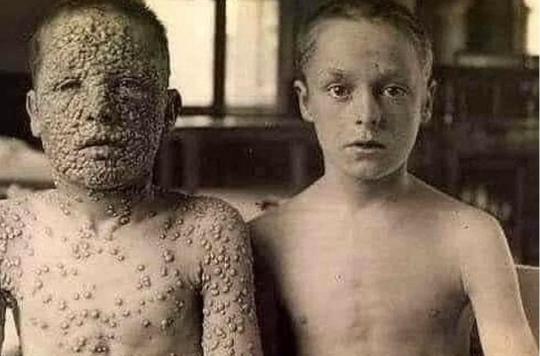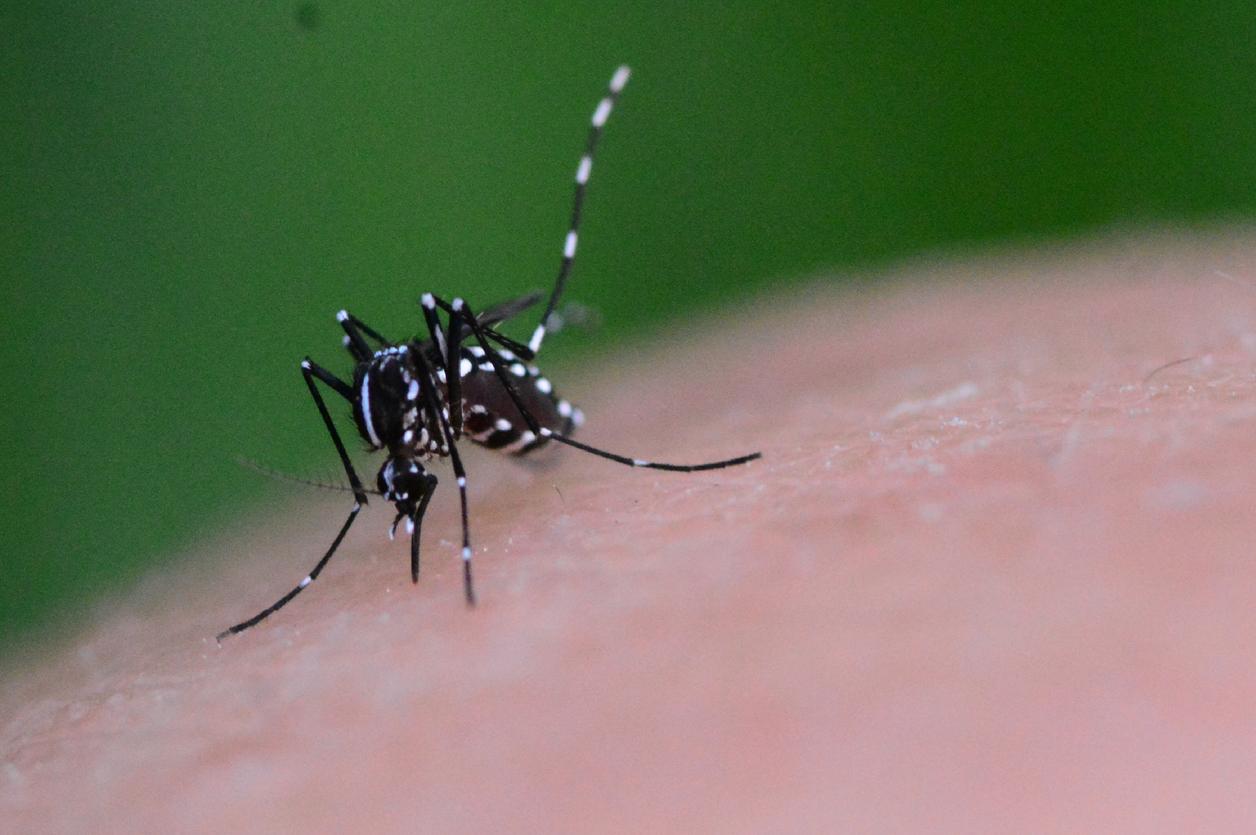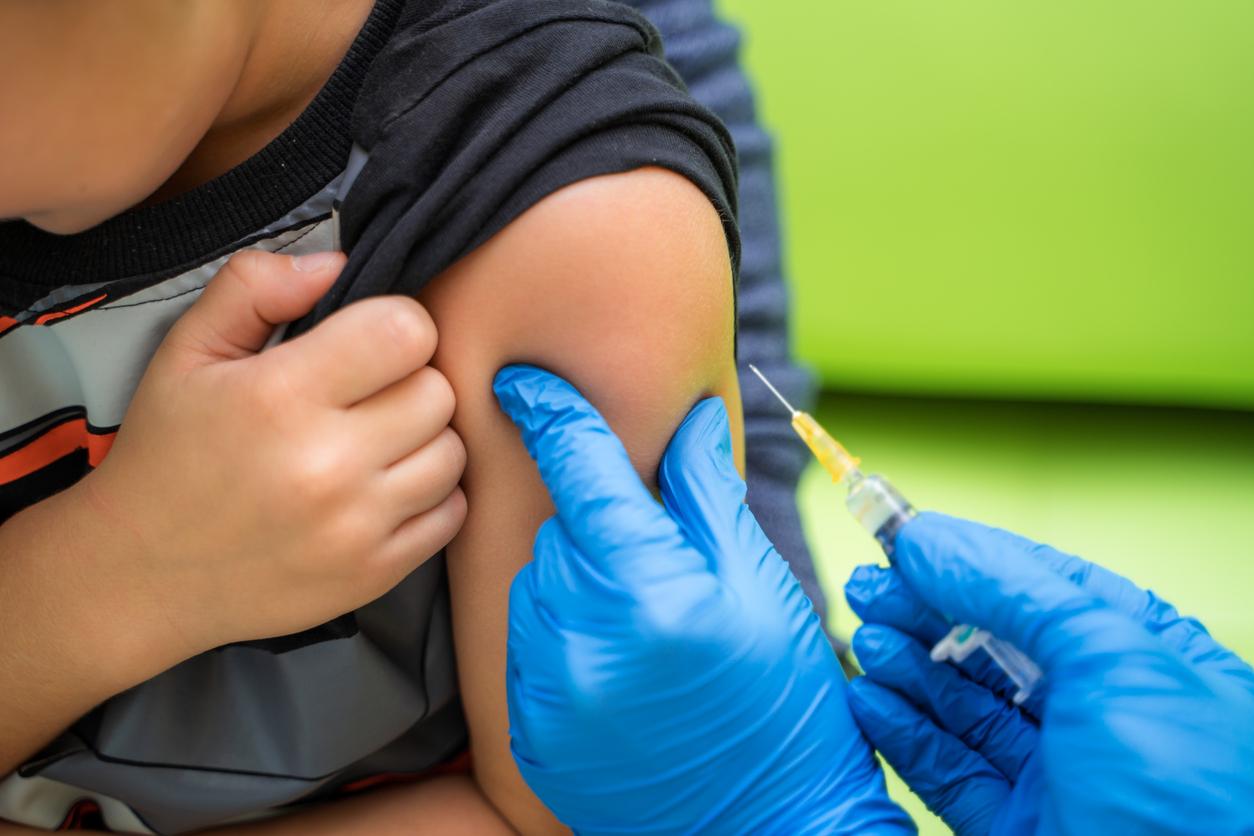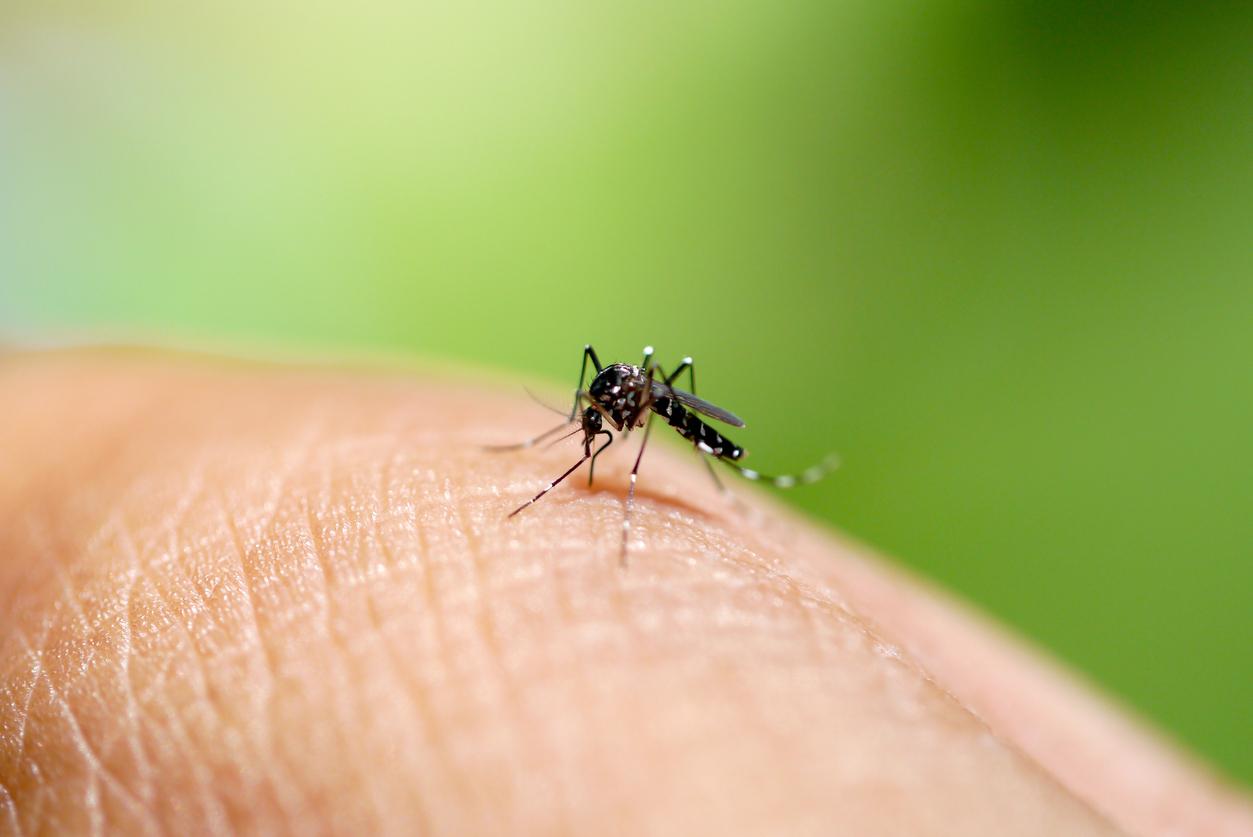Many Internet users believed that this photograph had been retouched. It’s wrong ! This snapshot, taken in 1901 by Dr. Allan Warner, is true. Two children affected by smallpox pose there to show the effectiveness of the vaccine against smallpox.

- On social networks, many Internet users have questioned the authenticity of this shot by denouncing a photomontage.
The controversy has ignited the web in recent days. In question, the photograph above taken in 1901 in the United Kingdom by doctor Allan Warner. Above, two 13-year-old children, affected by smallpox and who had been infected by the same source, the same day. The one on the left has a lot of buttons, while the second has almost none. The difference between the two: vaccination. The child who has almost no symptoms of the disease had received a dose of the vaccine during childhood. The other, on the other hand, has never been vaccinated.
At the beginning of the 20th century, the doctor Allan Warner had taken a series of shots with different patients. The aim was to evaluate and show the evolution of smallpox in vaccinated and unvaccinated people. All of the photographs can be viewed at the Atlas of Clinical Medicine, Surgery, and Pathology. However, on social networks, many Internet users have questioned the authenticity of this shot by denouncing a photomontage. False controversy: it is very real, without any editing.
Smallpox eradicated through vaccination
Smallpox is a contagious infectious disease caused by a virus called smallpox. It is characterized first, 12 to 14 days after infection, by fever, headache, malaise, vomiting or even severe back and abdominal pain. Then, a few days later, the patients have pimples – as in the photograph – on the face, hands, forearms and trunk. Smallpox was fatal for many patients. Those who did not die from it had lifelong consequences, such as skin scars.
Since the global vaccination campaign orchestrated by the World Health Organization (WHO) in the 1970s and 1980s, the disease has been eradicated across the entire planet. Only two laboratories still retain a strain of the virus. A new emergence of the disease could only be linked to two hypotheses: accidental contamination in a laboratory or a genetic mutation of an abnormal virus. Smallpox could no longer occur naturally.
In the 19th century, one in ten children died of smallpox.
In the 1800s, smallpox was very active in France. According to Earth Policy Institute statisticsat that time, it killed one in ten children in France.
The vaccine had been developed at the end of the 18th century by Edward Jenner, but the vaccination of the whole population and that of babies systematically took time to set up in the years 1970-1980. However, without effective treatment, the vaccine was the only solution to avoid being infected with this disease. A life-saving vaccination campaign for the world’s population. In the 20th century, between 300 and 500 million people died from smallpox.
.

















